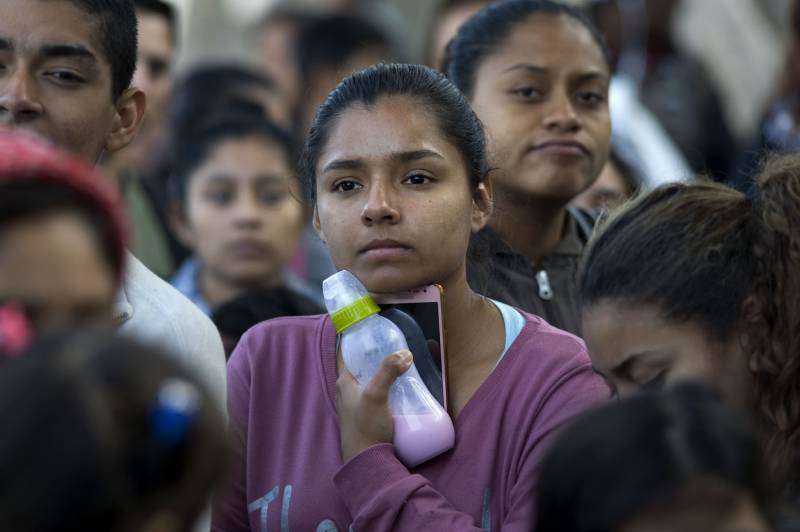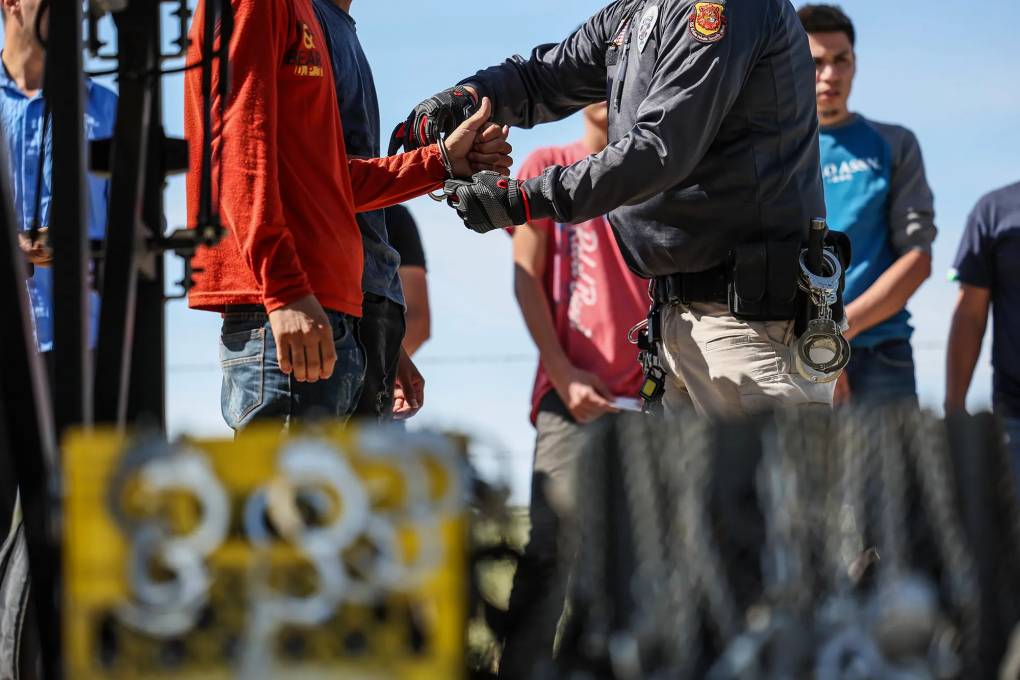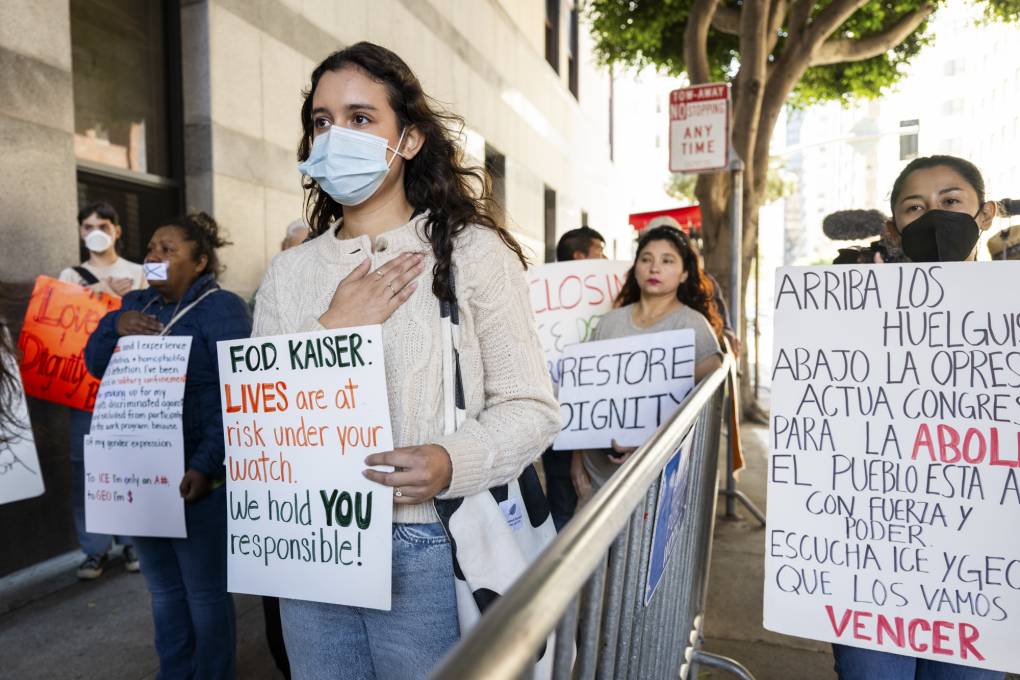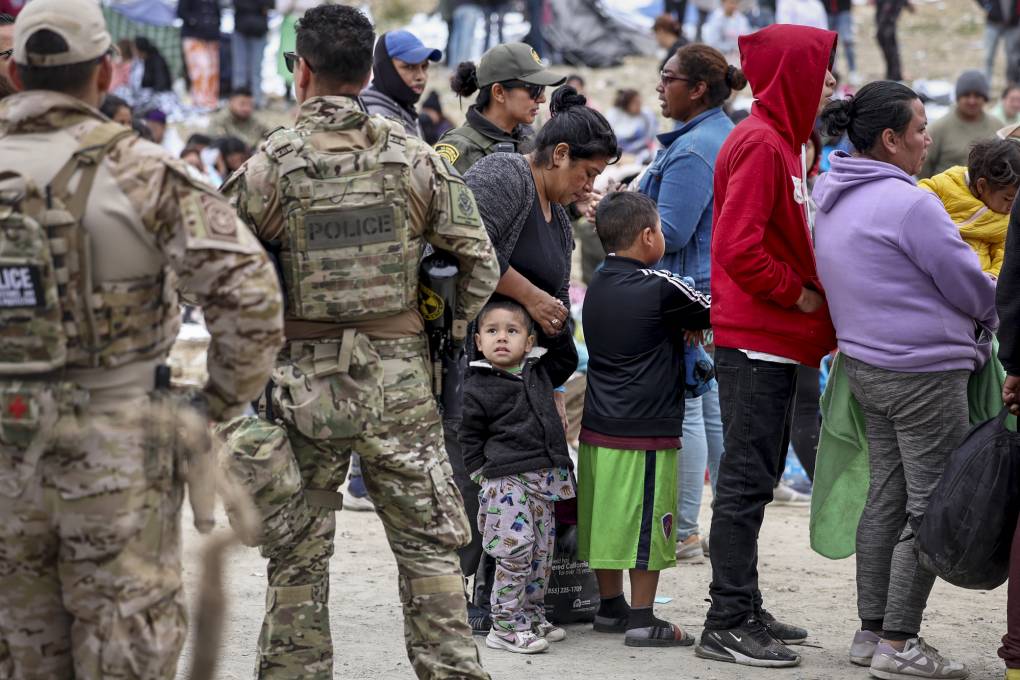The House Judiciary Committee has stepped up an investigation into a Trump administration policy that has forced more than 57,000 asylum-seekers to wait in Mexico potentially for months — often in extremely dangerous regions — while their claims are processed in the United States.
The year-old policy, officially called Migrant Protection Protocols, or MPP, is one of a series of moves by administration officials to fundamentally restructure this country’s asylum system and drastically restrict access to it.
On Tuesday, the Judiciary Committee asked the Department of Homeland Security to turn over documents about how the program, known informally as the “Remain in Mexico” policy, is being implemented.
San Jose Rep. Zoe Lofgren, who chairs the Judiciary’s immigration subcommittee, said the administration is trampling the rights of asylum-seekers and making the protections unattainable for people with legitimate claims. Meanwhile, women, children and other vulnerable migrants are being “preyed upon by gangs and criminals” as they wait in Mexico, she said.
“The current situation is really appalling,” said Lofgren. “The administration is acting without regard to what the law requires ... it's important to note that seeking asylum is provided for under law.”



